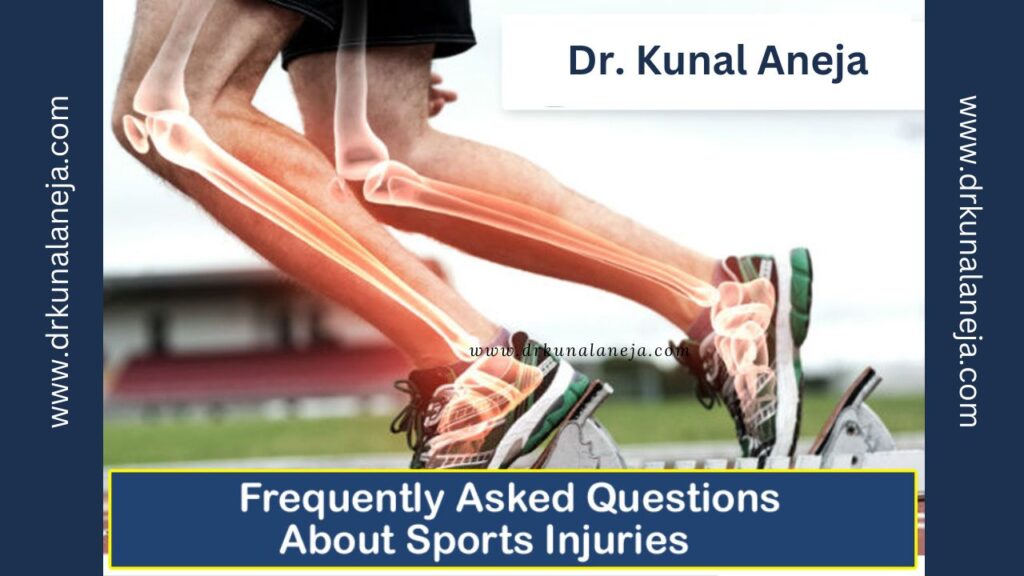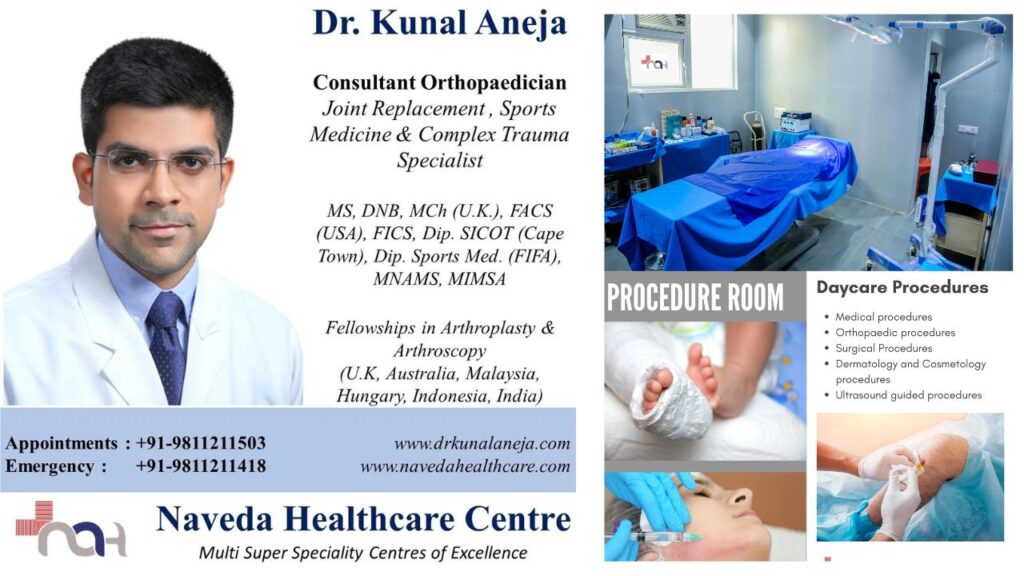
What is an Orthopedic Doctor?
There are muscles and bones in this system, as well as joints, ligaments, and tendons that contribute to this system which are treated by orthopedic doctors. Musculoskeletal disorders are treated by orthopedic doctors in the field of orthopedics.
An orthopedist is a healthcare professional who specializes in orthopedics. In order to diagnose and treat musculoskeletal problems, a range of surgical and nonsurgical approaches are available to orthopedists, including the treatment of sports injuries, joint pain, back pain and neck pain.
What is the role of an Orthopedic Doctor?
There are several parts to the body and one of them is the skeletal system, which is connected to other parts of the body through an interconnected system of bones, joints, and muscles:
- A bone
- A muscle
- Bones
- A tendon
- Glues
The orthopedist usually works in a team with other orthopedic specialists, and if this is the case, then they will entail the following team members:
- Physician assistants
- Nursing assistants
- Physical therapy is a profession and an occupation
- Sports trainers
Why do we need an orthopedic surgeon?
The Sports Injury Treatment Speciality Dr. Kunal Aneja Unit Super Speciality devoted to the treatment of sports injuries and orthopedic wounds. This subspeciality offers both non-careful and careful recovery programs for a variety of sports and orthopedic injuries. A comprehensive therapy program is customized to fit each patient’s unique clinical needs. An expert team of specialists at the Unit uses a multidisciplinary approach to assist patients with returning to their previous level of performance.

The best orthopedic specialists in Rohini are listed below
As a leading provider of joint and bone solutions in Delhi, Joint & Bone Solutions, dr. kunal employs the most advanced and cutting-edge technology to provide the best treatment possible to its patients. As a result of new technology, surgeons are now able to operate through a small incision or see inside the joints during surgery. Yes, you heard right. The use of a tiny incision about the size of a buttonhole has now made it possible to diagnose and treat joint problems.
What is the process of Arthroscopy?
In spite of the fact that this may seem like a difficult procedure to you, a skilled arthrosurgeon can perform it even better than you can.
It is a procedure where a narrow tube is inserted into the body through a small incision to examine the inside of your body. Through this procedure, any joint problem can be diagnosed without having to make a large incision, leaving scars in the aftermath. Basically, a narrow optical fiber tube, consisting of an optical fiber and a camera, is connected to a high-definition video screen. It is a device that displays a magnified image of the anatomy of a patient on the screen, along with insight into their joints.
Additionally, ultra-thin surgical instruments can be inserted through the same wound to treat minor joint issues.
Why do surgeons perform arthroscopy?
Arthroscopy, on the other hand, is a procedure that is more advanced than a traditional medical procedure, which is what your surgeon learned in medical school, and is used in the diagnosis of issues relating to joint and bone problems in the knees, ankles, hips, elbows, wrists, shoulders, and elbows.
It may be necessary for a physician to perform this invasive procedure if other noninvasive methods of diagnosing the root cause of a problem have failed to provide a sufficient diagnosis, such as X-rays or other imaging techniques. If other nonsurgical treatments are not successful in alleviating discomfort and pain in addition to Arthroscopy, they can be replaced with medications, physical therapy, and injections.
Aarthroscopy can be of great assistance in treating a wide variety of conditions, such as the following: there are still several unanswered questions that can be addressed through arthroscopy.
1. Arthroscopy of the knee
An arthroscopy of the knee is indicated by the following signs:
- Knee septicemia dispensed
- Creating a new anterior cruciate ligament to replace a broken or damaged one
- Injuries to the patella (knee cap)
- Kindling or enlarging synovium
- The ligaments that have been damaged should be trimmed
- Meniscus repair
2. Arthroscopy of the hip
Pediatric muscular problems can be treated with hip arthroscopy due to its ability to treat hip arthrosis.
- Impingement of the femur and acetabulum oversight
- Obsessive chondral issues
- Deficiency of hip joint fluid
- Hip snapping on the inside and outside
- Exudation of synovium
- Joint infection in the hip
3. A shoulder arthroscopy
In order to appreciate the wonderful universal characteristics of the shoulder joint, an Arthroscopic specialist can take advantage of the following points.
- Diagnosing and treating flimsy joints
- A rotator cuff injury
- The shoulder is inflamed with a bursitis
- Inflammation of the capsule
- Subacromial space decompression
- A damaged ligament
- There is damage or destruction to the biceps ligament
4. Arthroscopy of the elbow
- Inflammation of incendiary joints
- A procedure to rid the joint of septic arthritis of the elbow
- Elbows and wrists
- Suffering from osteochondral disease
How is the patient prepared for the arthroscopy procedure?
As a fundamentally solid basis for arthroscopy, some preparation bores are usually prescribed for each joint. However, underneath are a few readiness bores that are generally recommended for each joint.
If you have been recommended to stay away from certain medications/supplements before your arthroscopy, your physician may request you to do so in order to prevent excessive draining and recovery. Moreover, it is also recommended that you keep your body free from alcohol, smoke, and so on before you undergo any medical procedure.
When you are under sedation, you will be relieved from the torment and so it is crucial to organize the sedation so that you will not feel torment. Sedation is given to the individual to hinder their sensations, so they will not feel any pain.
There are two kinds of general anesthesia, which are the local anesthesia and the general sedation. We use the local anesthesia in order to make the patient oblivious during the entire length of the procedure.
The individual will remain conscious throughout the entire strategy as the individuals are administered agents of deadness throughout the neighborhood to block sensations at the particular part, including knee arthroscopy.
There are different types of provincial anesthesia, and the most widely recognized one is the one that involves the embedding of a needle between the two lumbar vertebrae of the spine. You will feel numb in your lower body, but you will still be alert during the procedure.

What Are the Best Arthroscopic Surgeons in Delhi?
The best arthroscopic specialist in Delhi, Dr. Kunal Aneja, is one of the finest arthroscopic specialists and the most recent technology is just a click away from you. With extensive experience, the best arthroscopic specialist in Delhi, Dr. Kunal Aneja is one of the best.
Consult an Arthroscopy specialist in Delhi if you have any joint issues.

